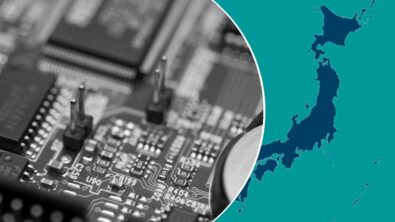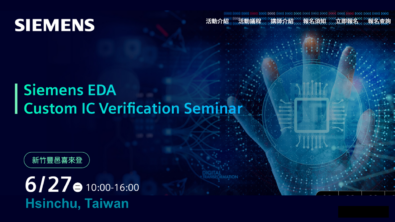How Crystal Oscillators Keep the Semiconductor Industry in Tune ♫

A crystal oscillator (XO) can be thought of as a musical instrument that produces a pure and constant tone. The tone is determined by the natural frequency of vibration of the crystal, which depends on its size, shape, and orientation. Unlike other types of oscillators, such as ring, LC, or RC circuits, crystal oscillators have a very high Q factor, meaning that they have very low energy loss and very narrow bandwidth. This makes them ideal for generating accurate and stable frequencies that are not affected by variations in temperature, load, or power supply.
A Simple Packaged Crystal Oscillator (SPXO) is a specific type of crystal oscillator that offers an off-the-shelf solution for applications requiring precise frequency generation without the need for frequency adjustment or tuning. They are essential for the proper functioning of many semiconductor devices and applications. For example, they provide clock signals that synchronize the operations of various electronic components and logic gates. They enable the transmission and reception of radio waves for wireless communication and are used to calibrate and measure the performance of other electronic systems, such as counters, signal generators, and oscilloscopes.
Voltage-Controlled Crystal Oscillators (VCXOs) – a step up XO
While traditional SPXO crystal oscillators excel in providing stable frequencies, modern electronic designs often require dynamic frequency tuning, leading to the rise of voltage-controlled crystal oscillators (VCXOs). These devices offer the ability to modulate the output frequency in response to an applied voltage, making them invaluable in applications such as phase-locked loops (PLLs), frequency synthesizers, and digital communication systems.
The demand for VCXOs has surged due to their versatility and adaptability in contemporary electronics. Their voltage-controlled nature allows for precise frequency adjustments, essential in applications like data transmission, where maintaining synchronization and signal integrity is paramount. VCXOs also find extensive use in advanced modulation techniques like frequency modulation (FM) and phase modulation (PM), enhancing the efficiency and performance of communication systems.
In essence, while traditional crystal oscillators serve as the bedrock of frequency stability, VCXOs represent the cutting edge, offering dynamic frequency control tailored to the demands of modern electronics. Our customer, Interchip is a leading semiconductor company that specializes in designing and manufacturing high-performance voltage-controlled crystal oscillator circuits for various applications, such as automotive, industrial, medical, and consumer electronics.
What Makes Designing Voltage-Controlled Crystal Oscillators Challenging
Designing voltage-controlled crystal oscillators (VCXOs) presents unique challenges stemming from the need to balance precision with complexity. One of the primary hurdles lies in achieving accurate voltage-to-frequency conversion while maintaining low phase noise and jitter. Engineers must carefully select components and optimize circuit design to mitigate undesirable effects such as voltage pulling, which can degrade frequency stability. Additionally, ensuring linear voltage-frequency characteristics across the operating range requires meticulous attention to circuit design and calibration procedures. The integration of VCXOs into larger systems necessitates compatibility with control interfaces and signal processing circuits, adding another layer of complexity to the design process.
Addressing VCXO design and verification challenges with Siemens EDA
Interchip faced the challenges of verifying the functionality and performance of their oscillator circuits, as well as ensuring their compliance with industry standards and customer expectations. To address these challenges, Interchip adopted Siemens Analog FastSPICE (AFS) and Symphony custom simulation technologies. AFS XT is industry’s fastest silicon accurate circuit simulator that can handle large and complex analog, RF, mixed-signal, and custom digital circuits. Symphony is Siemens’ mixed signal verification platform that integrates AFS XT with Questa digital solver to accurately verify design functionality, connectivity, and performance across Analog/Digital interfaces.
Using AFS XT and Symphony, Interchip was able to simulate and verify their crystal oscillator circuits in a fraction of the time and with higher accuracy than before. They were also able to analyze the effects of process, voltage, and temperature variations, as well as the interactions between the crystal oscillator and other components.
Read more about this story in our recent press release.
Salute to Crystal oscillators, they are the metronome of the semiconductor industry, keeping its rhythm precise and in tune 😊.


